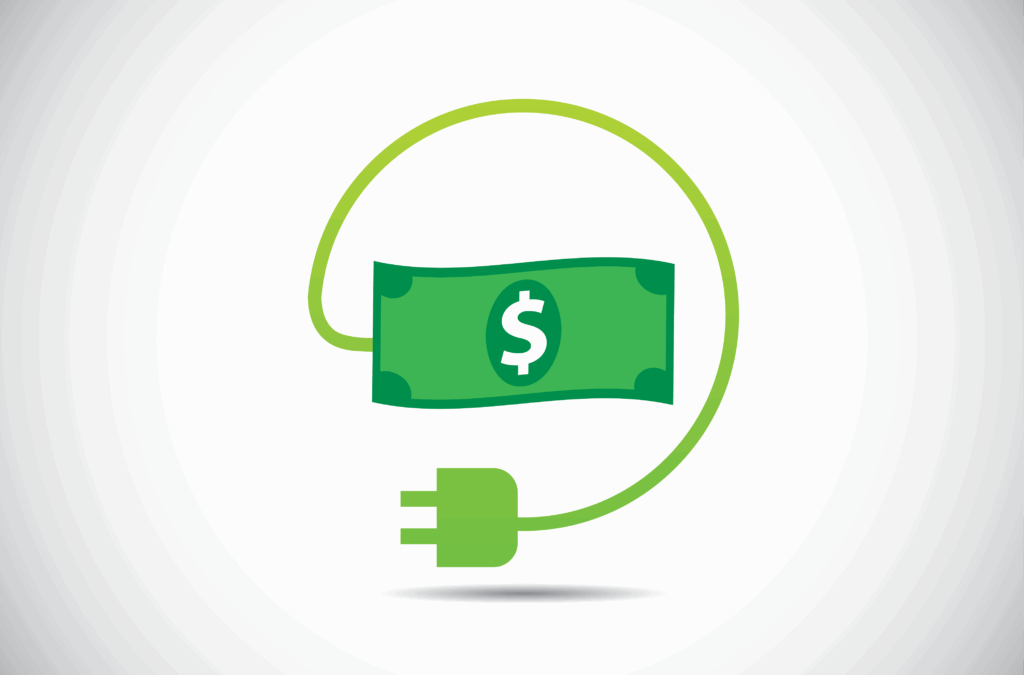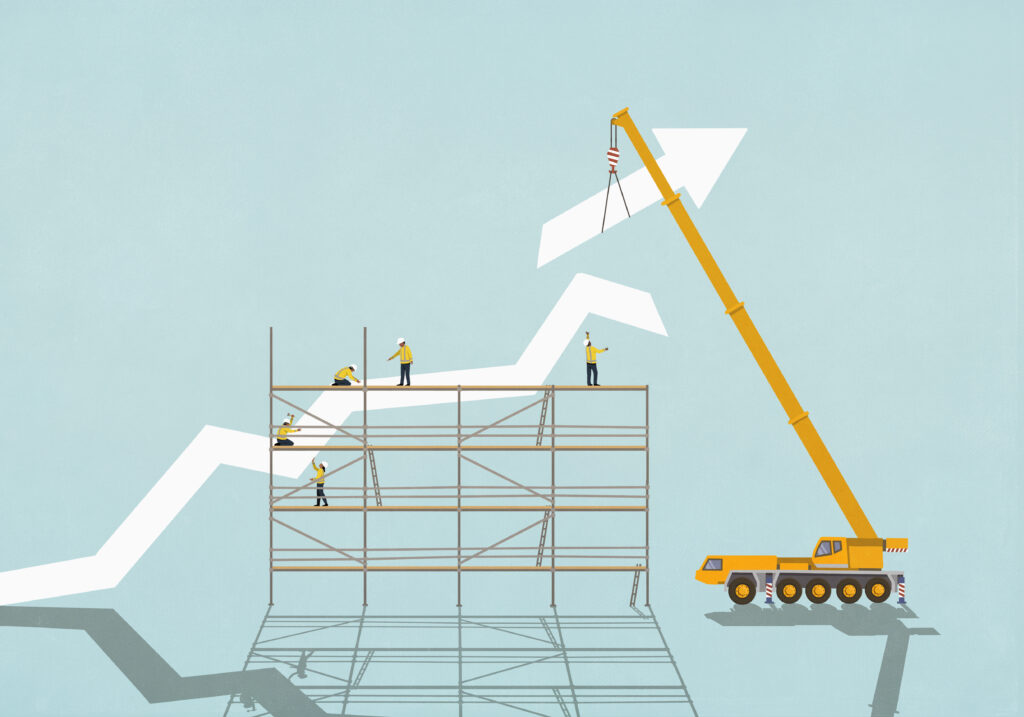
Imagery and AI Improve Cat Claims and Prevention

When catastrophe strikes, aerial imagery combined with machine learning gives insurers a closer look at the actual damage and a head start at helping insureds whose property has just been destroyed or damaged.
The storms continue to hit, but what’s really changed, especially with insurtech and software in general, is the access to geospatial information. Around that, I’ll touch on a couple of things specifically, which are aerial imagery and computer vision, machine learning, and the reason those have been so impactful when we think about how the insurance industry both predicts these events and reacts to them.
Aerial imagery has been around for a while, whether it be satellite, manned aerial imagery or other forms. What’s really changed is the access to that imagery. There’s more of it at higher resolution and more frequency plus the ability to use computer vision, AI and machine learning to actually extract intelligence from that data.
Why does that matter in the context of a hurricane? Well, a roof, for example, that’s not well maintained prior to a high wind event like a hurricane—the chance of disaster goes up quite dramatically, right? The ability to actually predict and prevent events changes the whole theorem. Previously, the insurance world reacted in a repair-and-replace mode. The goal was to be there when something bad happened for their insureds, cut the claims checks, help them repair and replace the building, the property, the business, and be there in time of need. That’s still really important, but isn’t it a better scenario if we can predict the event and mitigate some of the risk? You can’t stop it all if there’s a tornado or hurricane, but you can mitigate a lot of these things. A lot of those tarps that you see on images from Hurricane Ian over part of the roof—those things can be mitigated by preemptively looking at the imagery, using AI tools to actually identify these risks and then be proactive with the insured.
It’s a shifting mentality. There’s more geospatial data available, and there’s more you can do with it because of machine learning, AI, computer vision. And there’s more of a willingness to actually work with insureds to predict and then ultimately prevent some of these losses.
Imagery is massive. When we get a hurricane, it could be gigabytes, terabytes, just from one capture. So it is not efficient to have humans look at all that imagery and try to determine what was preexisting damage and what wasn’t; what’s true damage; what’s going to be a claim and what’s not. There’s just too much. There’s not enough people nor time in the day, and humans in a lot of cases are inconsistent in the way they evaluate it. What you might think is a bad roof I might think is an OK roof.
The computer allows you to look at aerial imagery specifically at scale and do it in a consistent fashion and do it really quickly. Betterview made its Cat Response Platform available for free to carriers to help with Hurricane Ian, and we’ve ingested 700,000 to a million policies in force from different carriers that have risk in Florida. We were able to process a lot of these in minutes or hours and give them answers to help the insureds. You couldn’t do that with humans. You couldn’t have humans look at 700,000 to a million properties in the course of hours. Just no way. So that scalability is really key.
Insurance carriers’ mandate is to repair and replace, to pay claims and pay them efficiently. Insurers are always looking for ways to help get the insureds back on their feet as quickly as possible while asking as little from the insured as possible in their time of need. Now, an insurer can come to you and say, “Look, we’ve already identified that there’s damage to your property. We’re going to cut an initial check now, and we’re going to make sure you have a hotel, and we’re going to make sure your family is OK,” without having to ask the insureds to fill out 15 forms and show pictures of all the damage in their house. It allows them to be more proactive.
There’s a more nuanced answer to that question where the insurance carriers want to know the impact from a claims perspective, a dollar perspective. They could start reserving money. They can do all things on the back end, and they could work with their reinsurers. It allows them to do all those things faster. But the most customer-facing side of that is allowing them to be more proactive with the insureds’ response, cut the checks that they should be cutting faster without ever getting boots on the ground. We’ve seen this with wildfire where you couldn’t get claims adjusters in the area yet but we could already tell you which house has burned down.
There are so many little things you can do to maintain your property to make it more resilient to different perils. But let’s just take high wind in general, such as maintaining your roof on an ongoing basis, looking for some of the issues, whether it be missing shingles and so on. Being proactive in small ways can prevent a major loss down the road. Keep in mind most insureds don’t want to have a major loss. It’s very disruptive to their lives or to their business. So maintaining your roof properly can help prevent that, depending on where you are in the country. A lot of insureds don’t have access to this data. I’ll tell you, I’m in this business, and I don’t go up on my roof. To a certain extent, it’s out of sight, out of mind. There’s a real opportunity for insurance companies to be valuable partners with insureds in risk management. For that true predict and prevent, insureds need to be involved along with the carrier. Carriers are in a unique position to be able to help drive that strategy.
Wildfire is another great example: creating enough defensible space around the home might not prevent every event, but it could really help. Again, there are a lot of little things that can be done to help mitigate some of the risk for wildfire—clearing debris back from the building, clearing a couple trees or bushes, looking at the vegetation, looking at defensible space zones. You have to be able to do that at scale and cost effectively enough that you can do it on an ongoing basis. I think that’s where the technology really can help drive that change. We’re at a tipping point—we have to get more predictive, more preventive.
We want to be valuable partners in this predictive world. We want to help insureds identify risk and manage that risk.
We released a hosted quoting engine that assists this process. We think bringing that value all the way through to the insured, all the way at the front end of the process, can really help change the mindset. We want to help insurance companies manage their risk but also get to that mitigation—so providing tools, not just for the carriers, the agents, the MGAs, the reinsurers, the claims adjusters but also for the insureds.
There’s a win-win to be had here in that the technology is allowing better coverage for insureds while also helping drive toward mitigating risk. If you can mitigate some of the risk, it keeps price in check, which is good for the insurance carrier because there’s less loss. And it’s good for the insured. I think we’re at this really interesting tipping point where technology is meeting the need and companies like Betterview are coming forward to bridge the gap and drive a wholesale change from repair and replace.




